Frequently Asked Questions

What are the benefits to cover crops?
The opportunities with cover crops are many. Some of the top benefits we have observed over the years:
- Cover crops are the best way to raise organic matter in the soil.
- Provides living roots to feed soil biology and create soil structure. A living root leaks sugar and other compounds- The soil biology uses this energy to make soil nutrients available and to protect the plant root zone (rhizosphere) from disease.
- Actually increases water use efficiency, helping save water.
- Keeps the soil from blowing. (Even a dead cover crop residue can accomplish this).
Other benefits include: Mulch on soil surface (moisture retention, provides mulch for crops like watermelons), Nitrogen fixation from Legumes, feeding Mycorrhizal fungi, reduced soil surface temperature in summer.
Do Cover Crops interfere with Pecan Harvest?
In a pecan production system in the Southwest, Flail mowing the cover crop by August will ensure breakdown of residue by harvest. The residue can be broken down faster by inoculating it with biology, and additional flail mowings. Another option is to till the residue in and level the field. A Fall-planted cover crop should be planted so that the cover crop is 2-3” tall by winter dormancy(usually seeding right when pecan shucks start opening). We have found that this does not impede harvest at all.
When do I plant Cover Crops?
There are 3 main windows in the desert Southwest:
Fall. These are cool season species. Sept-Nov plant dates. These mixes will overwinter and grow vigorously in the Spring.
Late winter. Mid Jan-Feb. These are cool season species that will provide cover and growth until summer heat. These do well in orchards because the orchard provides a cooler environment in the summer.
Summer. May-Aug plant dates. These are heat tolerant mixes that thrive in summer heat but will kill at a light frost. Excellent for Forage, increasing organic matter, and Water efficiency.
What are the seeding rates?
Each cover crop mix has a specific seeding rate, found on the tag. This rate is based on seed density and species in the mix. Most mixes are calculated for 100%-120% full seeding rate.
How do I set my drill?
DEPTH: When drilling cover crops we recommend you set your drill at ½”-1” depth. The seed mixture allows the larger seeds to help push smaller seeds to emergence.
SEED DRILL RATE: Judge the average size of the seed and use the drill’s chart to set the seed meters initially. Put a small amount (50-100 Lbs) of seed in the hopper and plant 1 Acre, then see how close you are to the correct rate. Adjust accordingly.
Remember in an orchard or vineyard that 1 acre of trees does not equal 1 acre of planted ground. Use math to determine what percentage of soil you are planting per acre of orchard or vineyard.
How much water do cover crops need?
Cover Crops will certainly use some water as they grow. However, since the cover crop lowers the temperature of the soil, the water use is lower than the amount of water evaporated from a hot soil surface. Many growers have observed lengthened irrigation cycles by growing vegetation vs. bare soil. The cover crop will have some water demand until maturity. At maturity there is a net water savings because the plant is no longer using any water, keeps the soil cooler, and can provide mulch when mowed. This water savings is greater than what the cover crop used during its growth.
Do the cover crops take nutrients from the trees or crops around them?
A Cover crop will certainly use some nutrients to grow- However, if the residue is left in the field, these nutrients are recycled with the added benefit that they are now attached to carbon and will not leach or go away! Many times there is a Nitrogen gain because of legumes in the mix or free-living Nitrogen fixing Bacteria, both of which capture Nitrogen from the air.
In some cases, it may be necessary to account for nutrient tie-up in the cover crop residue, especially in 1st year situations or when a nutrient-demanding crop is planted before the cover crop residue breaks down.
What kind of cover crop mix is the best for my application?
Understanding what to plant begins by determining your goals for the cover crop. We have many mixes that we have developed for most situations in the Southwest. If these mixes are not right for you, we will help you to develop a custom mix for your goals.
How do I control weeds in the cover crop?
If a field has laid fallow for an extensive period it is recommended to water the field to germinate weed seed, then spray or cultivate them before planting the cover crop. Often, diverse blends of cover crops out-compete weeds in many scenarios. We have also observed first-hand that Healthy soils with high organic matter do not tend to encourage growth of large annual broadleaf weeds.
Can I grow a single species and get a good result?
Watch VideoDue to the symbiotic nature of plants, multi species cover crops provide unique benefits. The different plant families feed different microbial populations and Diverse roots reach different soil depths.
Diversity also means better risk management. Diversity of plants also attracts a wide range of predator insects, having a clear effect on pest populations.
Diverse Mixes use significantly less water! Watch this video to see:
Nitrogen Fixation: how do I get it?
Legumes fix nitrogen through a symbiotic relationship with Rhizobium bacteria, which take nitrogen out of the atmosphere and feed it to the plant in exchange for carbohydrates. Successful Nitrogen fixation depends on many factors, but you can tell it is happening when there are large, pink nodules on the legume roots. Most of our mixes include legumes that we have found can perform in our harsh environment.
NOTE: Many times Nitrogen fixation does not happen the first year, but nitrogen fixation increases as legumes are continually seeded and soil health increases.
How much nitrogen will the cover crop produce?
The nitrogen that legumes provide is essentially the amount of Nitrogen in the biomass of the cover crop. This usually ranges from 2%-4%. Testing the biomass will determine the exact Nitrogen content. To find the rough amount of N available to the following crop, use this equation: Lbs dry matter/Ac X N content Percentage X .5 = Lbs Nitrogen/Ac available this year. Since microbes eat first, roughly half of the Nitrogen produced will be available to the crop this season, with the rest available the next season. This is a rule of Thumb. Temperature, moisture and other biological factors will affect Nitrogen release. A cover crop can make 50-150 Lbs Nitrogen/Ac per year!
Can I plant a cover crop mix and bale/hay it off?
Yes. Livestock usually love diverse cover crop mixes. There are many situations where a cover crop mix can be used for additional feed. It is wise to pay attention to the species in the mix to ensure they are compatible with the animals you intend to feed.
If your goal is to build soil health, your soil will benefit more from the crop residue and nutrients staying on the soil and recycling, and from the added carbon.

